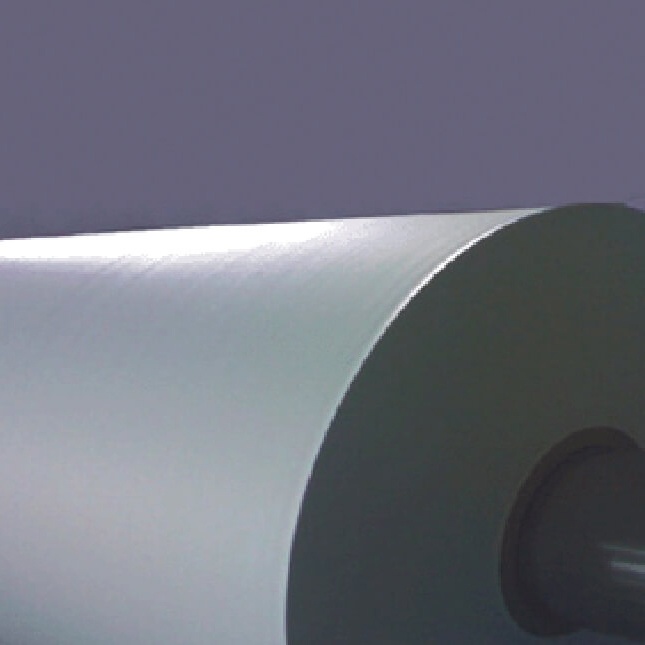Photoelectric glass interleaving paper
Glass Interleaving Paper is specially designed to protect glass surfaces during storage and transportation. It prevents scratches, abrasions, and contamination between glass sheets, ensuring the integrity and clarity of the glass. Featuring high strength, smooth texture, and moisture resistance, it effectively safeguards fragile glass products.
Product Feature:
It has the characteristics of high strength, good mildew resistance, and no impurities on the surface.
Product Application:
Production and protection of glass
Application Scenario
Product Details
Terminology Breakdown
Photoelectricity usually refers to the conversion characteristics of light energy and electrical energy. It is commonly used in photovoltaic glass (such as solar panels), electrochromic glass (smart glass), etc.
Glass Interleaving Paper: Traditionally used in glass production and transportation to prevent surface scratches or adhesion of protective materials, mostly anti-static, high temperature resistant paper or polymer film.
Characteristics
Optical performance: high light transmittance is required to avoid affecting the light absorption efficiency of photovoltaic glass due to the spacer material (e.g., the utilization rate of incident light in photovoltaic glass).
High temperature resistance: adapt to glass lamination or heat treatment process (e.g. EVA film lamination in PV module production, temperature can reach 150℃ or above).
Anti-adhesion and anti-scratch: the surface is coated with silica gel or fluorinated material to prevent the glass and spacer paper from adhering under high temperature and pressure.
Anti-static treatment: adding conductive agents (such as carbon nanotubes, metal oxide coating) to avoid static adsorption of dust affecting subsequent processing.
Chemical stability: anti-acid and alkali corrosion, prevent reaction with glass surface coating (such as ITO conductive film).

